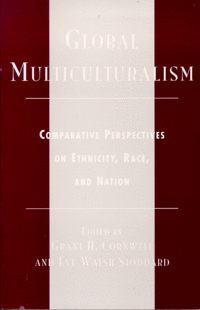

Ellis Cashmore Review Article: The Chimera of
Multiculturalism: Diversity and the Media
Sociological
Research Online, vol. 7, no. 1,
<http://www.socresonline.org.uk/7/1/cashmore.html>
To cite articles published in Sociological Research Online, please reference the above information and include paragraph numbers if necessary
Received: 28/5/2002 Accepted: 31/5/2002 Published: 31/5/2002

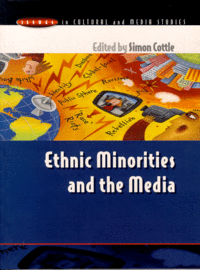
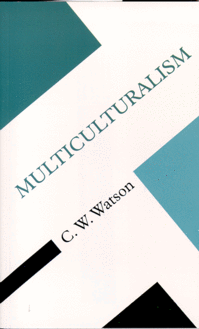
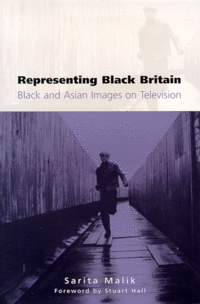
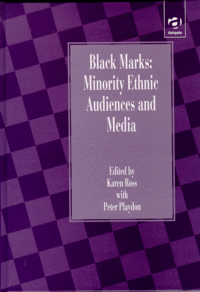
![]()
 Bending Ethnicity
Bending Ethnicity
 Sedimented contempt
Sedimented contempt
 The media's "unified diversity"
The media's "unified diversity"
 Transnational identities in flux
Transnational identities in flux
Ellis Cashmore is Professor of Culture, Media and Sport at Staffordshire University, UK, and author of The Black Culture Industry and ...and there was television. e.cashmore@staffs.ac.uk
